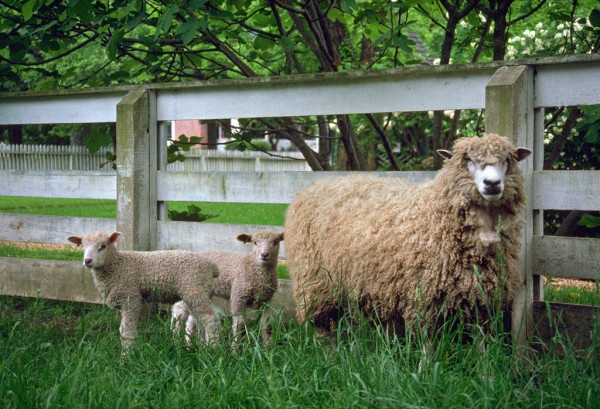 This month marks 30 years since our first Rare Breeds cow, Nora from New Hampshire, launched our program. Since then, we’ve expanded our breeds to include several different animals. In addition to cattle, we have horses, sheep, pigs, and poultry. Join us this weekend for a very special tribute to all the hard work that’s gone into preserving these animals and see first hand how they’re used daily to help us interpret and teach lessons about life in the 18th century.
This month marks 30 years since our first Rare Breeds cow, Nora from New Hampshire, launched our program. Since then, we’ve expanded our breeds to include several different animals. In addition to cattle, we have horses, sheep, pigs, and poultry. Join us this weekend for a very special tribute to all the hard work that’s gone into preserving these animals and see first hand how they’re used daily to help us interpret and teach lessons about life in the 18th century.
FRIDAY
Starting the Rare Breeds Program
Hennage Auditorium
5:30-6:30 p.m.
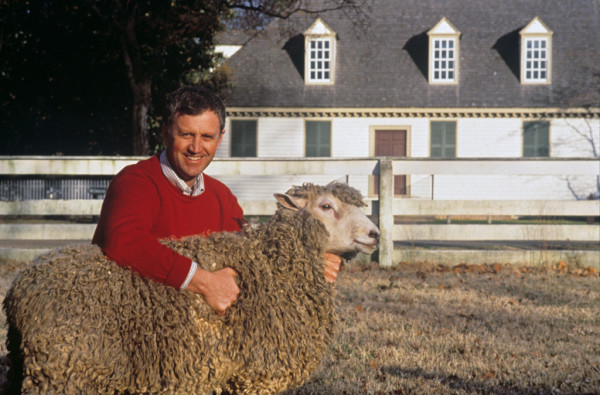
Join Richard Nicoll, retired director of our Coach & Livestock Department, as he talks about what went into creating this program. He’ll give the history of each breed we targeted as part of our preservation efforts… and how the animals were recognized by our Founding Fathers.
SATURDAY
Fleece to Fabric
Weaver Shop on DoG Street
9 a.m. - 12 p.m.
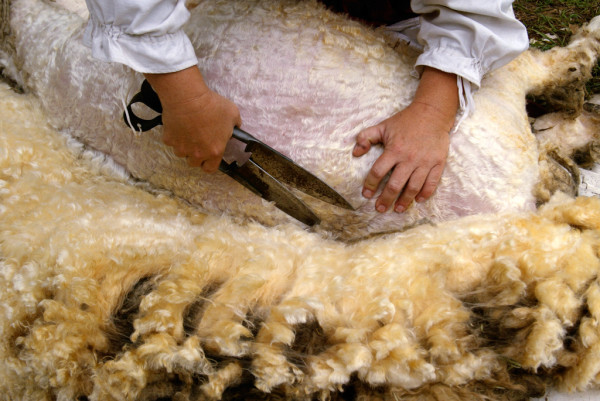 Stop by the Weaver to see a collaborative effort between Coach & Livestock and our historic trades. Together, the team will demonstrate the process of creating 18th-century clothing from beginning to end—including shearing, sorting, washing, spinning, and weaving.
Stop by the Weaver to see a collaborative effort between Coach & Livestock and our historic trades. Together, the team will demonstrate the process of creating 18th-century clothing from beginning to end—including shearing, sorting, washing, spinning, and weaving.
George Washington: Pioneer Farmer
Hennage Auditorium
1:45 - 2:45 p.m.

George Washington worked throughout his life to improve agriculture in this country. He tried new types of livestock, new ways to feed and care for them. The sheep he raised, the Leicester Longwool and the Jackstock, for making mules are both rare breeds today. Join Ron Carnegie as he talks about farm life and his 18th-century livestock.
Much Ado About Mutton
Hennage Auditorium
4 - 5 p.m.
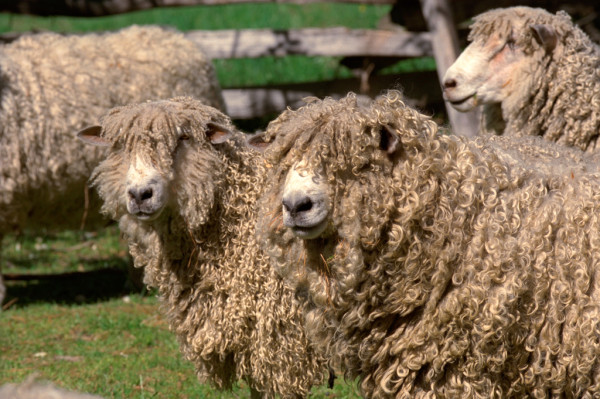
Bob Kennard will discuss his new book “Much Ado about Mutton.” He will share the history of mutton, how it went from being at the center of many British and American tables to being almost forgotten. His work, championed by Prince Charles, includes efforts to bring mutton back not only as food source, but also as an organic way to preserve British agriculture and the countryside. The book will be for sale in the Museum gift shop and he’ll hold a book signing following his presentation.
SUNDAY
Our Rare Breeds Today
Hennage Auditorium & Custis Pasture
11:30 a.m. - 12:30 p.m.

Want to get up close and personal with some of our Rare Breeds animals? Join Elaine Shirley, manager of rare breeds, as she talks about the current animals in our program. For example, learn more about how we’ve gone from 10-12 Leicester Longwool Sheep to working with more than 100 breeders in addition to our own growing flock. Afterward, Elaine will escort the group outside to the Custis Pasture beside the Art Museums where you’ll be able to meet some of our Red Devon, Leicester Longwools, American Cream, and some of our chickens!
HISTORIC TRADE PARTICIPATION
Friday - Sunday
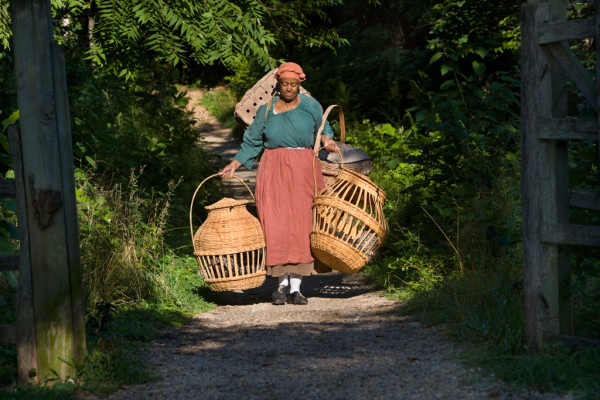
Throughout the weekend, you can stop by the following sites. All will be weaving the use of animals and animal products into their interpretation-specific to their trades.
Learn How:
The Artificer uses leather, horn, bone and hair.
The Anderson Armoury Kitchen will demonstrate how to butcher and cook two mutton carcasses from 9-11 a.m.
The Blacksmith makes ox shoes, crooks and curry combs.
The Brickyard uses oyster shell, animal hair, and draft power.
The Cabinetmaker uses hide glue, tallow and leather.
The Cooper makes water tubs and feed buckets.
The Garden uses manure.
The Gunsmith & Foundry uses horn, leather and sheep fat.
The Harpsichord Maker uses crow quills, boar bristles and leather.
The Kitchen uses meat, milk, eggs and fat.
The Milliner & Tailor use wool, silk, horn, bone and feathers.
The Printing Office & Bindery use skin, wool, glue, and bone.
The Shoemaker uses leather and boar bristles.
The Silversmith uses wool and horn.
The Tin Shop uses horn and makes dairying tools.
The Weaver uses wool and insects.
The Wheelwright makes carts and wagons.
The Wigmaker uses animal hair and feathers.
Great Hopes Plantation uses draft animals, meat, leather and wool.
SHARE ON SOCIAL!
We’d love to hear from those of you who visit this weekend and find some nugget of history particularly interesting. Share your images and stories with us on Instagram using #CWRareBreeds!

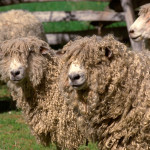
Dustin Burtner says
Does colonial Williamsburg do walking tours to explore the rare breeds on the property?